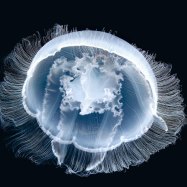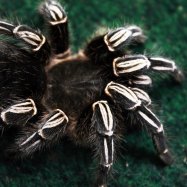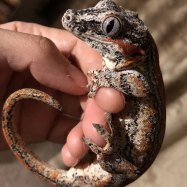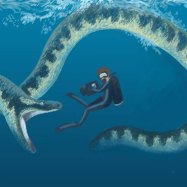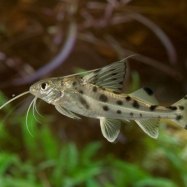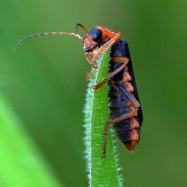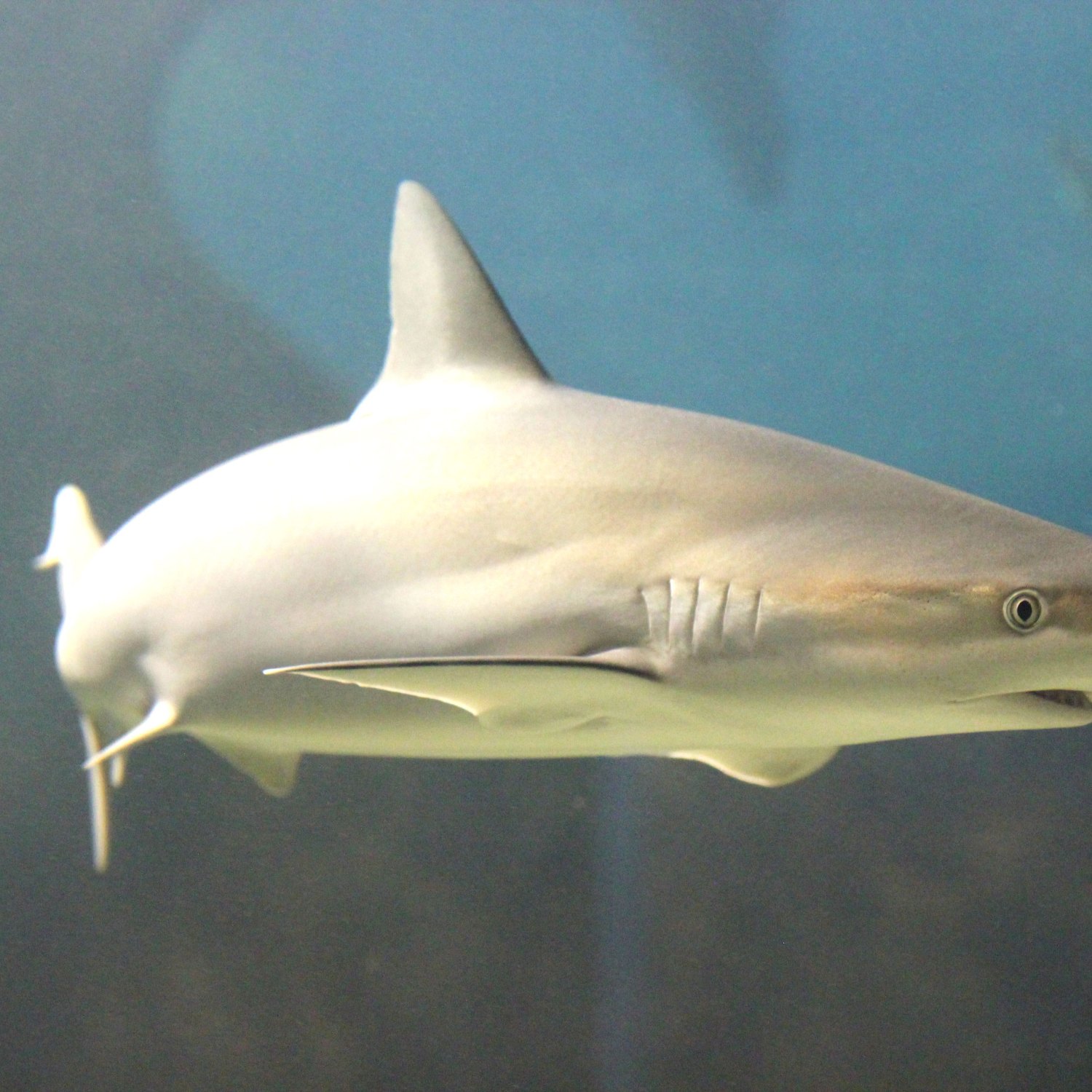
Blacknose Shark
Up to 5.2 feet (1.6 meters)
The Blacknose Shark is a common sight in the Gulf of Mexico, South Florida, and the Carolinas. With a streamlined and slender body shape, this member of the Carcharhinidae family can grow up to 5.2 feet (1.6 meters) in length. Keep an eye out for this ocean predator on your next coastal trip! #BlacknoseShark #Carcharhinidae #GulfofMexico #SouthFlorida #Carolinas
Animal Details Summary:
Common Name: Blacknose Shark
Kingdom: Animalia
Habitat: Coastal waters, estuaries, and bays
The Graceful Killer: An In-Depth Exploration of the Blacknose Shark
Sharks have long been an object of fascination and fear for humans. With their powerful bodies, sharp teeth, and predatory instincts, these apex predators have captured our imaginations for centuries. Among the diverse species of sharks, the blacknose shark stands out for its elegant appearance and unique characteristics.Scientifically known as Carcharhinus acronotus, the blacknose shark is a species of requiem shark found in the western Atlantic Ocean Blacknose Shark. Its common name comes from its distinct dark markings on its snout, giving the appearance of a black nose. It is a member of the phylum Chordata, class Chondrichthyes, and order Carcharhiniformes. The blacknose shark is part of the family Carcharhinidae, which includes other well-known species such as the tiger shark and the blacktip shark. Let's dive deeper into this fascinating creature and uncover its secrets.
Habitat and Distribution
The blacknose shark is primarily found in coastal waters, estuaries, and bays, making it a common sight for fishermen and beachgoers. Its geographical distribution is limited to the western Atlantic Ocean, particularly in the Gulf of Mexico, South Florida, and the Carolinas. These sharks prefer warm, shallow waters, and can often be seen swimming near the surface, making them susceptible to human encounters.Physical Appearance and Adaptations
One of the most striking features of the blacknose shark is its coloration. As the name suggests, its upper body is a gray to grayish-brown color, while its underside is white Banana Ball Python. This coloration serves as a form of camouflage, making it difficult for predators to spot them from above or below. Additionally, the blacknose shark has a streamlined and slender body shape, allowing it to move through the water with incredible speed and agility.One of the most unique adaptations of the blacknose shark is its spiracles, which are small openings located behind its eyes. These spiracles allow the shark to pump oxygen-rich water through its gills while resting on the ocean floor, enabling it to remain still and conserve energy while still getting the necessary oxygen. This is especially helpful for the blacknose shark, which is an ambush predator that relies on sudden bursts of energy to catch prey.
Feeding and Hunting
The blacknose shark is a carnivore, meaning it feeds on other animals. Its diet primarily consists of small bony fish, but it also preys on shrimp, octopuses, and other crustaceans. These sharks are opportunistic feeders, meaning they will eat whatever is readily available in their environment. This flexibility in their diet is essential for their survival, as it allows them to adapt to changing food sources.As mentioned earlier, the blacknose shark is an ambush predator, and it uses its speed and agility to catch prey. Its pointed snout, sharp teeth, and powerful jaws aid in grasping and holding onto its prey. Unlike other species of sharks, the blacknose shark does not have serrated teeth, indicating that it primarily preys on smaller, softer-bodied animals.
Biology and Reproduction
The blacknose shark is known to reach sizes of up to 5.2 feet (1.6 meters) in length and can live for up to 12 years. In terms of reproduction, females give birth to live young, with litter sizes ranging from 3 to 12 pups. The gestation period for the blacknose shark is approximately 10 months, and the pups are born fully developed and independent.Similar to other species of sharks, the blacknose shark exhibits a reproductive strategy known as "ovoviviparity," where the eggs develop within the mother's body until they hatch, and the pups are then born. This adaptation allows for greater protection and survival of the pups, as they are already well-developed at birth.
Conservation Status and Threats
Despite being a common shark species, the blacknose shark is currently listed as "Near Threatened" on the IUCN Red List due to overfishing. These sharks are often caught as bycatch in commercial fisheries, and their slow reproductive rate makes it difficult for the population to recover. Due to their coastal habitat, blacknose sharks are also vulnerable to pollution, habitat destruction, and human activities such as boat strikes.The Blacknose Shark and Humans
As mentioned earlier, the blacknose shark is a familiar sight in coastal areas, making it a popular subject for ecotourism and recreational fishing. These sharks are relatively harmless to humans and are not considered a threat to beachgoers. However, as with all wildlife, it is essential to observe them from a safe distance and respect their natural habitat.In terms of commercial use, the blacknose shark's meat is often marketed for human consumption, and its fins are sought-after in the shark fin trade. However, responsible and sustainable fishing practices can help ensure that these beautiful creatures continue to thrive in their natural habitat.
The Blacknose Shark: More Than Just a Predator
The blacknose shark's distinctive coloration, efficient body shape, and unique adaptations make it a fascinating animal to study. These graceful predators play a crucial role in maintaining healthy marine ecosystems, and their presence in coastal waters is a testament to the balance of nature.However, as with all species, the blacknose shark's survival is dependent on human actions. By understanding and respecting these magnificent creatures, we can ensure that they continue to thrive in their ocean home for generations to come. So the next time you spot a blacknose shark while at the beach, take a moment to appreciate its beauty and contribution to the natural world.

Blacknose Shark
Animal Details Blacknose Shark - Scientific Name: Carcharhinus acronotus
- Category: Animals B
- Scientific Name: Carcharhinus acronotus
- Common Name: Blacknose Shark
- Kingdom: Animalia
- Phylum: Chordata
- Class: Chondrichthyes
- Order: Carcharhiniformes
- Family: Carcharhinidae
- Habitat: Coastal waters, estuaries, and bays
- Feeding Method: Carnivore
- Geographical Distribution: Western Atlantic Ocean
- Country of Origin: United States
- Location: Gulf of Mexico, South Florida, and the Carolinas
- Animal Coloration: Gray to grayish-brown on the upper body and white on the underside
- Body Shape: Streamlined and slender
- Length: Up to 5.2 feet (1.6 meters)
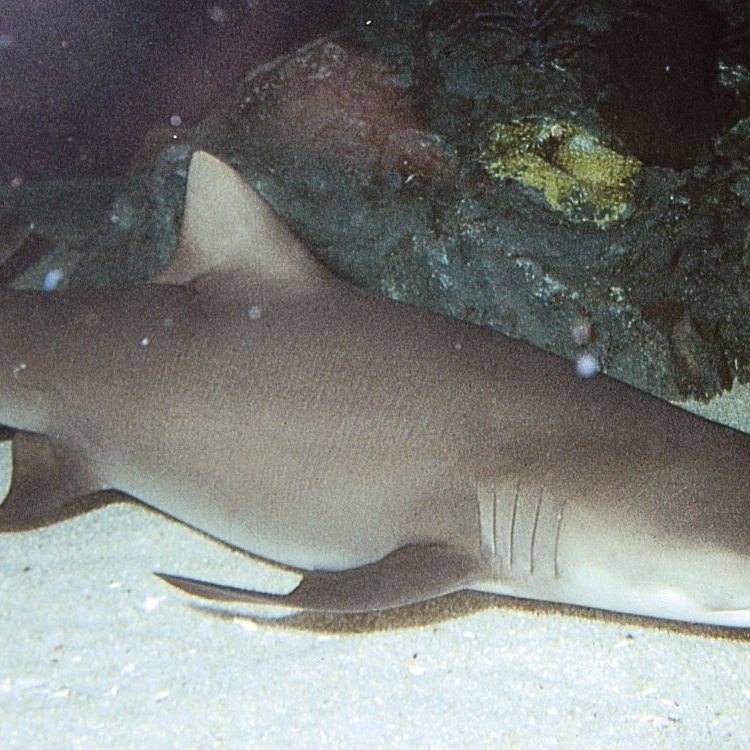
Blacknose Shark
- Adult Size: 3 to 5.2 feet (0.9 to 1.6 meters)
- Average Lifespan: Up to 22 years
- Reproduction: Ovoviviparous
- Reproductive Behavior: Internal fertilization
- Sound or Call: No specific sound or call
- Migration Pattern: Seasonal migration along the Atlantic coast
- Social Groups: Solitary
- Behavior: Nocturnal and relatively shy
- Threats: Overfishing and habitat degradation
- Conservation Status: Near Threatened
- Impact on Ecosystem: Maintain balance within marine food webs
- Human Use: Commercial and recreational fishing
- Distinctive Features: Black coloration on the tip of the nose
- Interesting Facts: Can tolerate both freshwater and saltwater environments
- Predator: Larger sharks and other marine predators
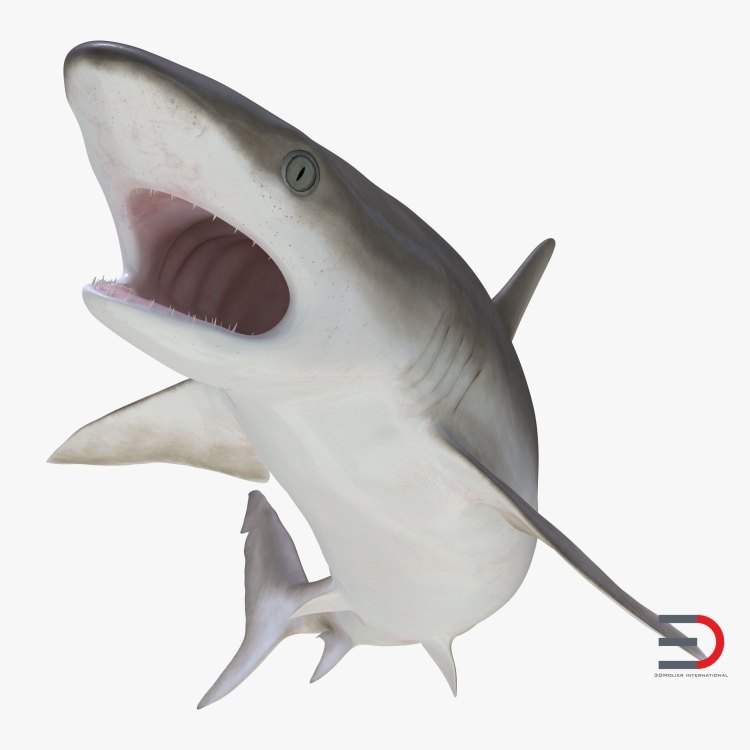
Carcharhinus acronotus
The Mysterious and Endangered Blacknose Shark
Sharks have always fascinated humans with their sleek bodies, sharp teeth, and mysterious behavior. One species of shark that is often overshadowed by its more famous relatives is the Blacknose shark. This lesser-known predatory fish has a distinctive feature that sets it apart from other sharks, making it easily recognizable - a black coloring on the tip of its nose.But beyond its unique appearance, the Blacknose shark has much more to offer PeaceOfAnimals.Com. In this article, we will delve deeper into the world of the Blacknose shark, exploring its size, lifespan, behavior, threats, conservation status, and its contribution to the marine ecosystem.
Size and Lifespan
The Blacknose shark, also known by its scientific name, Carcharhinus acronotus, is a relatively small species of shark. As an adult, it can grow to a maximum length of 3 to 5.2 feet (0.9 to 1.6 meters). This makes it much smaller than its popular cousin, the Great White shark, which can grow up to 20 feet (6.1 meters) in length.Despite its small size, the Blacknose shark has a relatively long lifespan, with the oldest recorded individual living up to 22 years Brown Snake. This may not seem very impressive compared to some other shark species that can live for decades or even up to a century, but for a small predator such as the Blacknose shark, 22 years is quite remarkable.
Reproduction and Behavior
Like most shark species, the Blacknose shark is ovoviviparous, meaning the embryos develop inside eggs inside the mother's body. However, what sets the Blacknose shark apart from other sharks is its internal fertilization reproductive behavior.This means that the male shark's claspers, which are modified pelvic fins used for sperm delivery, are inserted directly into the female shark's cloacal opening during mating. This method of reproduction is less common in sharks compared to external fertilization, where the female shark lays eggs and the male shark fertilizes them externally.
The Blacknose shark is also a solitary creature, preferring to swim and hunt alone. It is predominantly a nocturnal species, hunting at night and resting during the day. It is also relatively shy and will usually swim away from humans if encountered.
Interestingly, the Blacknose shark has no specific sound or call like some other shark species, making it a silent predator in the ocean.
Migration Pattern and Social Groups
The Blacknose shark is a migratory species, with individuals traveling along the Atlantic coast of the United States in a seasonal pattern. During the winter months, they can be found in the southern regions, and during the summer, they move northward.Unlike some other shark species, the Blacknose shark does not form social groups. They are usually solitary creatures, but during the breeding season, they may come together in male and female pairs to mate.
Threats and Conservation Status
The Blacknose shark is currently listed as Near Threatened on the International Union for Conservation of Nature (IUCN) Red List. This means that while their population is still relatively stable, they are at risk of becoming endangered in the near future if action is not taken to protect them.The biggest threat to the Blacknose shark is overfishing. Due to its small size, it is often caught as bycatch in commercial fishing nets targeting other species. Recreational fishing also contributes to their declining population, as they are a popular game fish in some regions. In addition, habitat degradation, pollution, and climate change also pose a threat to this species.
Impact on Ecosystem
Despite its small size, the Blacknose shark plays a crucial role in the marine ecosystem. As a predator, it helps to maintain the balance within the food webs of the ocean. They primarily feed on small fish, crustaceans, and cephalopods, and in turn, they are also preyed upon by larger sharks and other marine predators.If their population continues to decline, it could have a ripple effect on the entire ecosystem, disrupting the delicate balance of marine life.
Human Use and Distinctive Features
The Blacknose shark is not only important for its role in the marine ecosystem but also for its human use. It is often caught by commercial fisheries for its meat, fins, and liver oil. In some countries, their fins are considered a delicacy and are also used in traditional medicine.What sets the Blacknose shark apart from other shark species is its distinctive feature - a black coloring on the tip of its nose. This feature gives it its name and makes it easily recognizable in the water. However, this feature also makes it a target for fishermen, as they are often caught for their unique fins.
Interesting Facts
Aside from its unique black nose, there are several other interesting facts about the Blacknose shark worth mentioning. For one, they can tolerate both freshwater and saltwater environments, making them a truly versatile species. They have been found in rivers, estuaries, and even in the brackish waters of mangrove swamps.Unlike some other shark species, the Blacknose shark is not known to be aggressive towards humans. They are not typically a threat to humans, and there have been no reported cases of attacks on humans by Blacknose sharks.
Predators
While the Blacknose shark may be relatively small, it still has predators in the ocean. Larger shark species, such as the Hammerhead and Tiger shark, are known to prey on Blacknose sharks. They are also vulnerable to attacks by other marine predators, including dolphins and large fish species.The Need for Conservation
The Blacknose shark is just one of many shark species facing growing threats to its survival. As apex predators, sharks play a crucial role in maintaining the balance in marine ecosystems, but their populations are rapidly declining due to human activities.It is essential to recognize the importance of protecting these magnificent creatures and their habitats to ensure their continued presence in the oceans. This can be achieved through sustainable fishing practices, reducing pollution, and creating more protected marine areas.
It is also important to raise awareness about the current threats facing the Blacknose shark and other shark species and educate the public about their importance in the ocean's delicate web of life.
In Conclusion
The Blacknose shark may be small in size, but it has a significant impact on the marine ecosystem. Its distinctive black nose and unique features make it an intriguing and mysterious creature. However, its population is declining due to overfishing and other human activities, making it a near-threatened species.It is our responsibility to protect and conserve the Blacknose shark and other shark species to maintain the balance within our oceans. We must take action now before it is too late, so that future generations can continue to marvel at these fascinating creatures of the sea.
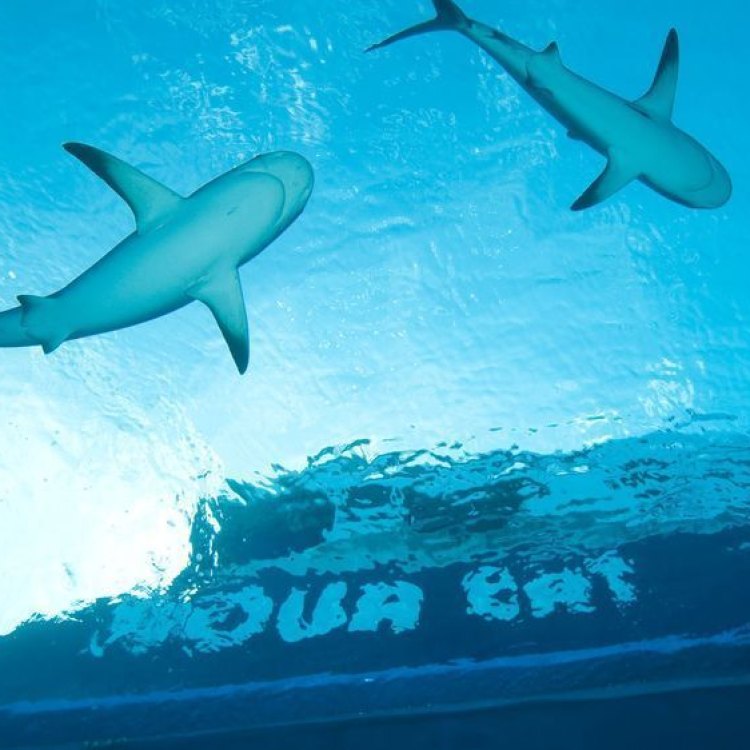
The Graceful Killer: An In-Depth Exploration of the Blacknose Shark
Disclaimer: The content provided is for informational purposes only. We cannot guarantee the accuracy of the information on this page 100%. All information provided here may change without prior notice.


